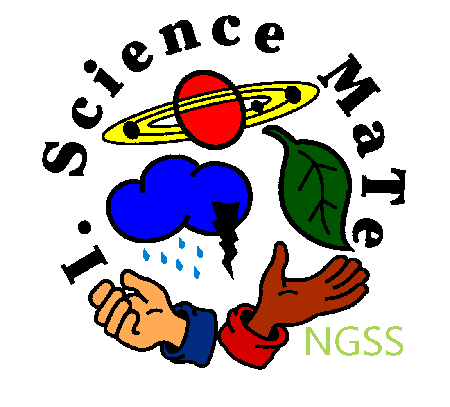|
|
|
|
If you or your students do not understand some of the concepts taught in this Long Term Project of looking how weather patterns help us determine global weather patterns. We suggest you read the following. Included is online text for students with a teacher's edition. The Water cycle is a
controlling principle of life on Earth.
The chemical compound of two hyrogens
and one oxygen is a weird molecule that can change into 3 states of matter
easily on the Earth’s surface. The
Water Cycle explains interactions between the atmosphere, hydrosphere, and
lithosphere. Evaporation of water from the oceans, seas, rivers, and
streams into the atmosphere produce precipitation. Water can take the form
of ice at the polar caps and alpine glaciers. Water melts in spring,
creating water runoff, that either percolates through the Earth to become
part of the water table or back to the sea. Water Cycle looks at the
elements of hydrogen and oxygen and how it creates a compound (water) that
is unique. The oceans are where most of the water is found, but it is salt
water. The movement of the oceans also has a direct effect on the
atmosphere. The atmosphere is that envelop of gas that keeps organisms
living on this planet. Oceans and atmosphere interact to give us weather.
Students discover what properties of water make it the perfect liquid for
life. We learn about the molecular structure of water and the uniqueness
of water, including surfaceLI tension, capillary action, density, and
other physical properties. Students also learn about how the oceans,
atmosphere and weather are interrelated.
Water
- Children learn that chemical water is a unique compound. They experience
the unique characteristics that allow water to provide life on this
planet.
Oceanography
- Students will see that the Earth is a water planet, but most of the
water is salty. They will uncover the bottom topography as well as how
oceans move.
Atmosphere
- The envelop of air becomes an exciting area that allows humans to move
around freely.
Weather
- Students will begin to recognize the different elements of weather and
how the oceans and atmosphere provide the "fuel" for all weather
phenomena.
Teacher guidelines (pdf) available online |
|
